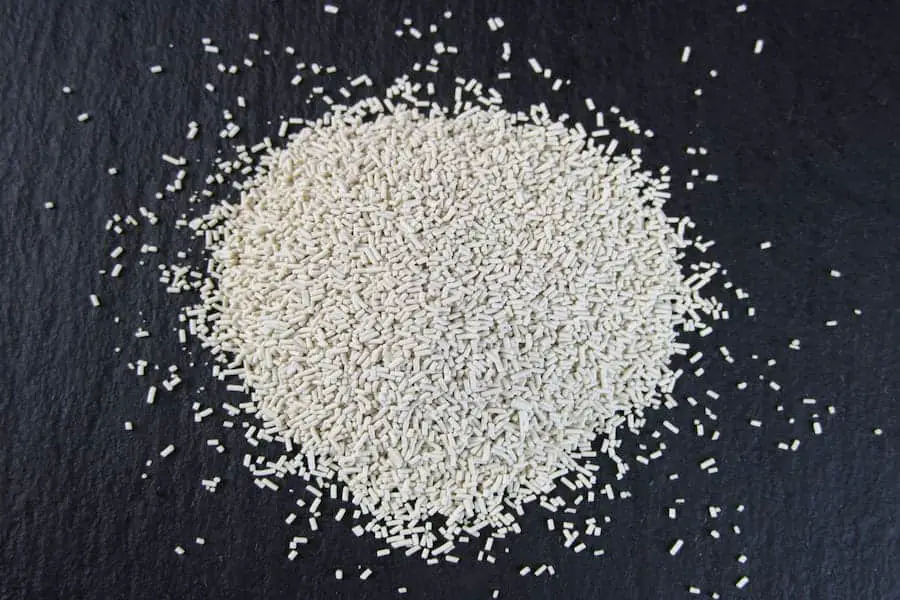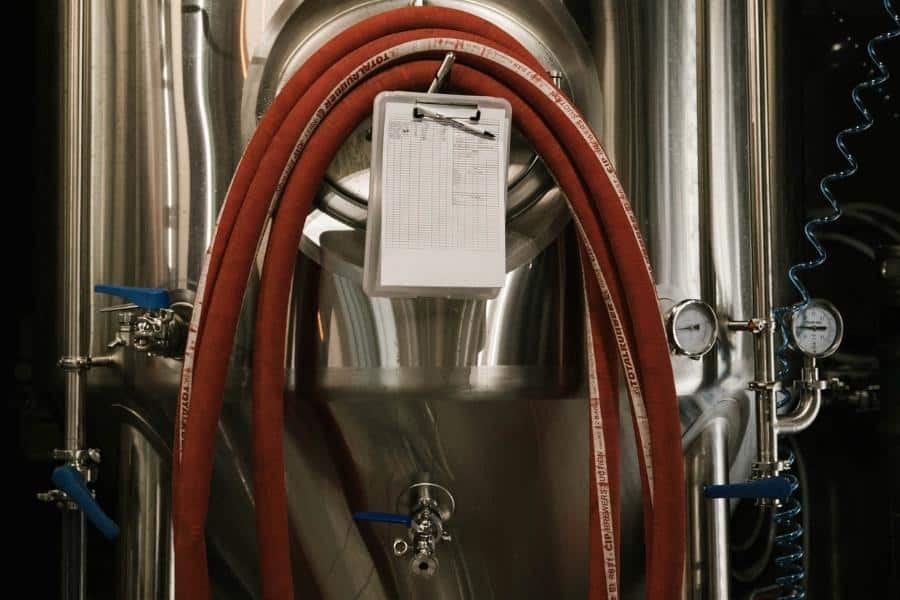If you buy something through a link in our posts, we may get a small share of the sale.
Fermentation is the key to making great beer, and sometimes things can go wrong. No brewer wants to start their batch off with a bang to find out later that fermentation has come to a screeching halt. So, what if my homebrew isn’t fermenting, and how can I fix it?
Contents
What if My Homebrew Isn’t Fermenting?
If your homebrewing isn’t fermenting, there could be a few reasons why. The most common reason is that the yeast has not been properly activated. This can happen if you use dried yeast that is too old or don’t properly rehydrate it before pitching. This can also occur if you use a starter culture that is too small. If any of these are the case, then you will need to add more yeast or make a larger starter.

Another common reason for fermentation to stall is because the wort is too cold. Yeast is a living organism, and it needs to be within a certain temperature range in order to thrive. If your fermentation chamber is too cold, then the yeast will go into hibernation and will not be able to do its job. The ideal temperature range for fermentation is between 90-95 degrees Fahrenheit.
If your wort is too cold, then you will need to find a way to raise the temperature. This can be done by using a heating pad, placing the fermenter in a sunny spot in your apartment, or using an aquarium heater. This will need to be done gradually, as sudden temperature changes can shock the yeast and cause it to produce off-flavors or flat-tasting beers.
Other Reasons Why Fermentation May Stall
Fermentation is the backbone of brewing, and it is a complex process. Therefore, as a dedicated brewer, you need to be prepared for anything. Here are other potential problems:
The Seal on the Fermentation Tank Is Leaking
The fermentation tank needs to be airtight in order for fermentation to occur. If the seal is not tight, then the CO2 produced during fermentation will escape, and the yeast will not be able to do its job properly. The best way to fix this problem is to check the seal and make sure it is tight. If it is not, then you will need to replace it.
You can also use an airlock on your fermentation tank. This one has a rubber stopper that fits snugly into the neck of the carboy.
It’s Just Starting Slowly
Sometimes, fermentation can take a while to get going. This is especially true if you are brewing a high-gravity beer or if the yeast or homebrewing kit is expired. If you think this might be the case, then just give it some time. If fermentation does not start within a week, then there might be another problem you need to address.
The Wort Is Too Acidic
Wort’s acidity can be affected by many things, such as the water you use, if your malt has been properly milled, and the hops you use. These acids will kill the yeast if the pH is not in the right range. The ideal pH range for fermentation is 4.0-6.0.
If you think the wort is too acidic, then you can use a pH strip to test it. If the pH is above 6.0, then you will need to add some calcium carbonate to the wort. This will raise the pH and make it more hospitable for the yeast.
The Gravity Is Too High
The gravity of the wort is affected by the amount of sugar in it. The yeast will have a harder time fermenting wort with high gravity. This is because the yeast will produce more alcohol, and the higher gravity will make it harder for the yeast to stay in suspension.

Quick Ways of Fermenting Your Wort
Now that we’ve gone over some of the potential problems you might face while fermenting your wort, let’s go over some tips on how to make the process go more smoothly.
- Ensure that the temperature is optimal so that the yeast can do its job properly. The ideal temperature range for fermentation is between 90-95 degrees Fahrenheit.
- Make sure the seal on the fermentation tank is tight to prevent the CO2 from escaping.
- If fermentation is taking a while to start, give it some time. It might just be a slow process.
- Use an airlock on your fermentation tank. This one has a rubber stopper that fits snugly into the neck of the carboy.
Frequently Asked Questions
Why Is My Homebrew Not Bubbling?
The beer may not be bubbling due to a number of reasons. It could be that one of your homebrewing systems is not working properly. It could be that the airlock is not fitted correctly, the wort is too cold, or there is a problem with the yeast.
How Long Does It Take for Homebrew to Start Fermenting?
Fermentation can start anywhere from 3-24 hours after pitching the yeast. However, it is not uncommon for fermentation to take a few days to get going. Don’t worry if your beer isn’t fermenting immediately; it might just need some time to complete.
Conclusion
There are factors that can stall fermentation. The good news is that most of these problems can be fixed with a little troubleshooting. So, if your homebrew isn’t fermenting, then don’t fret! Just take a look at the potential causes and find the solution that works better.

